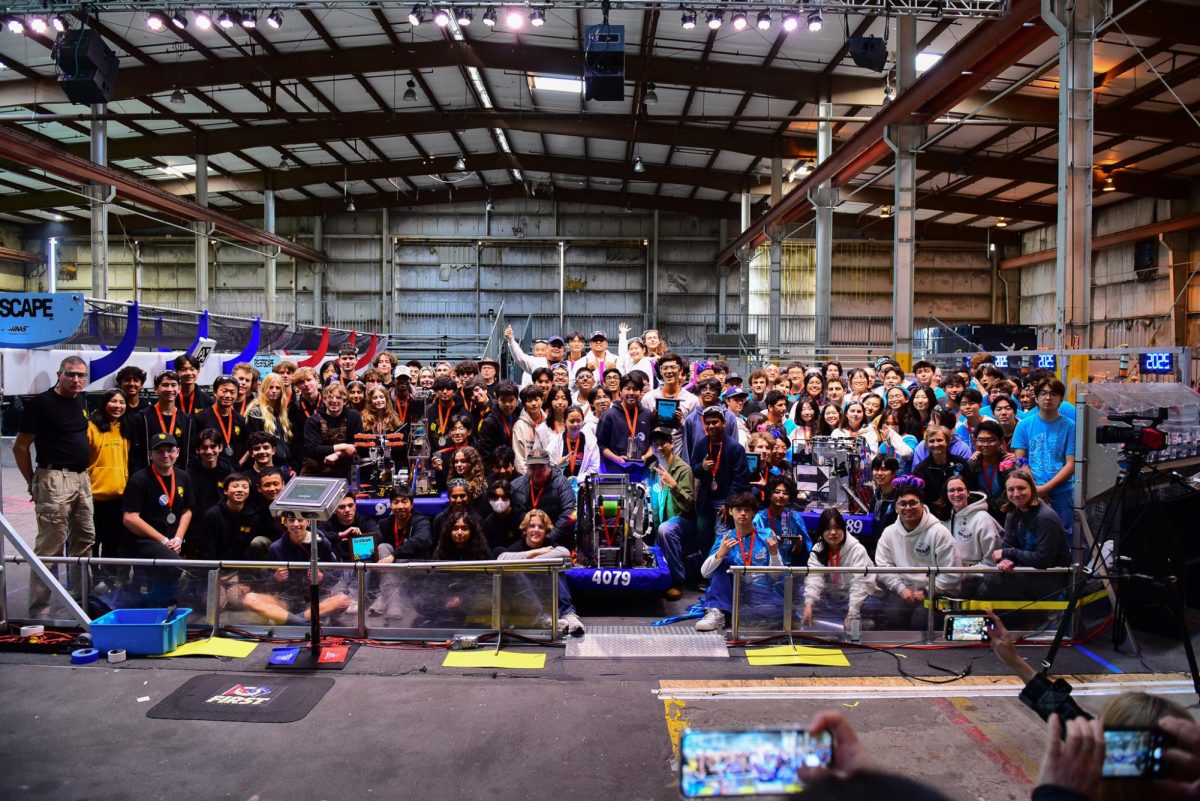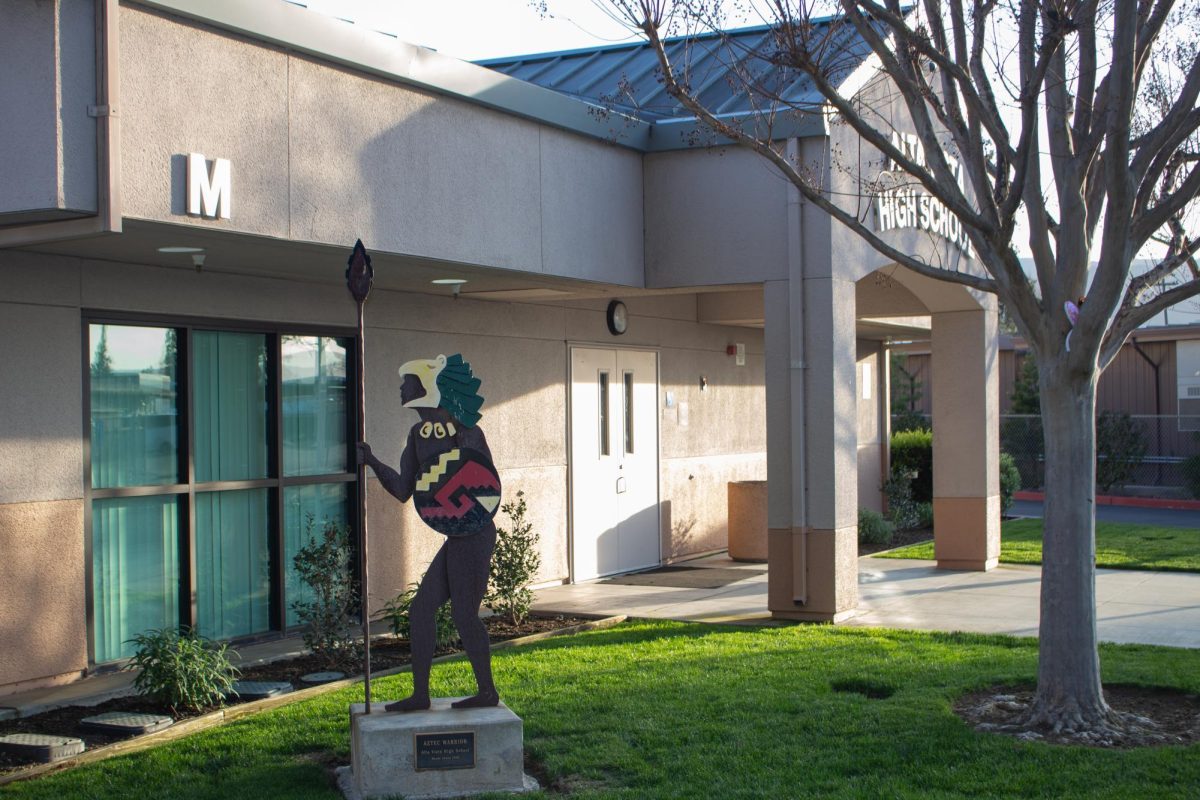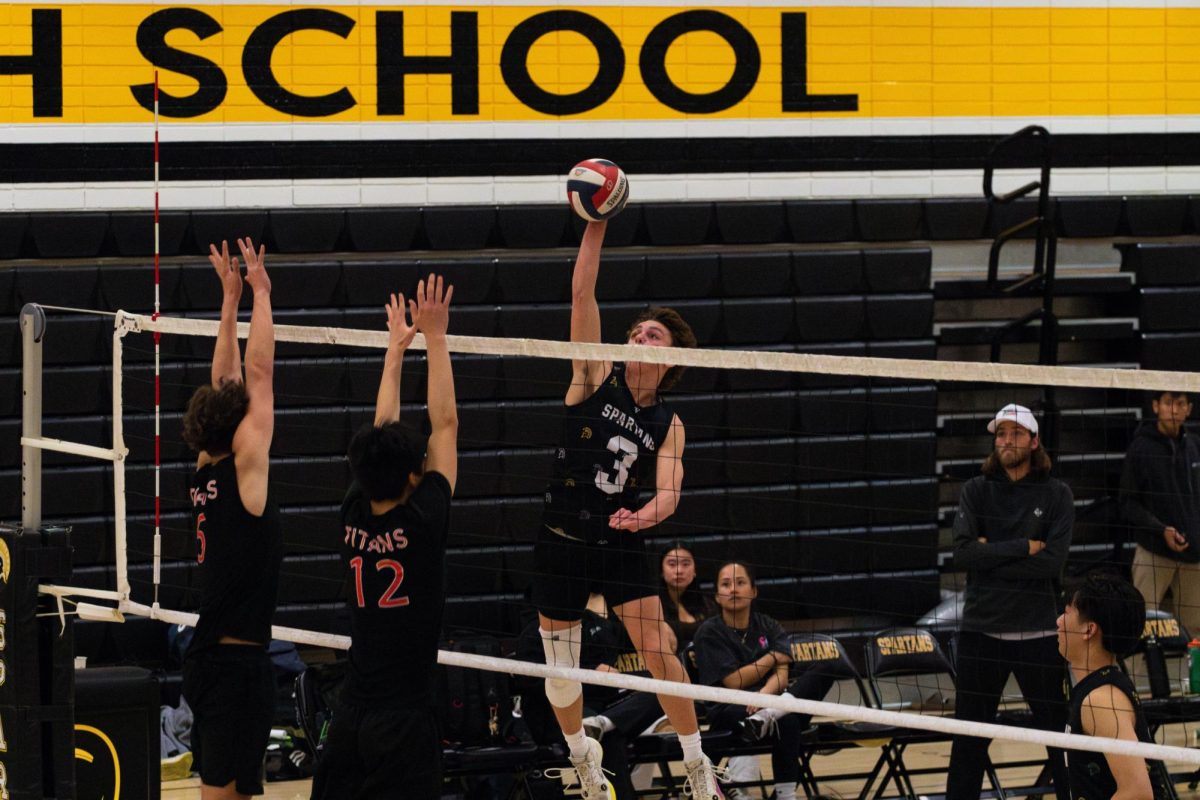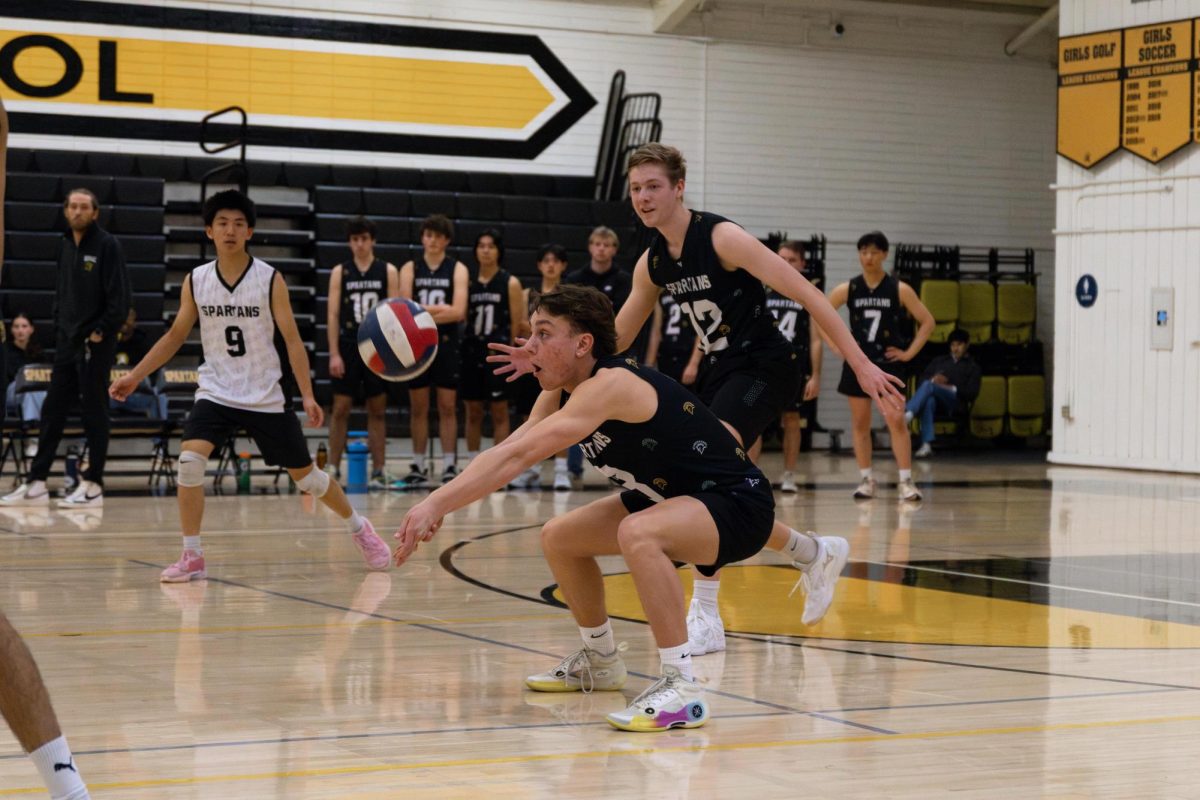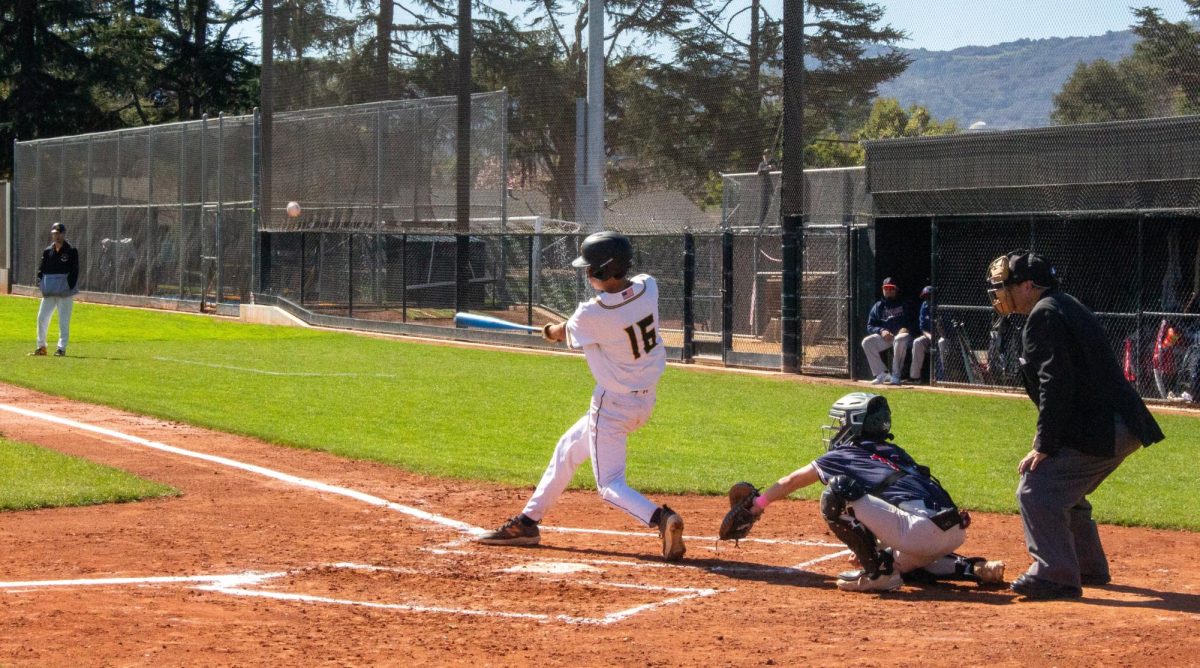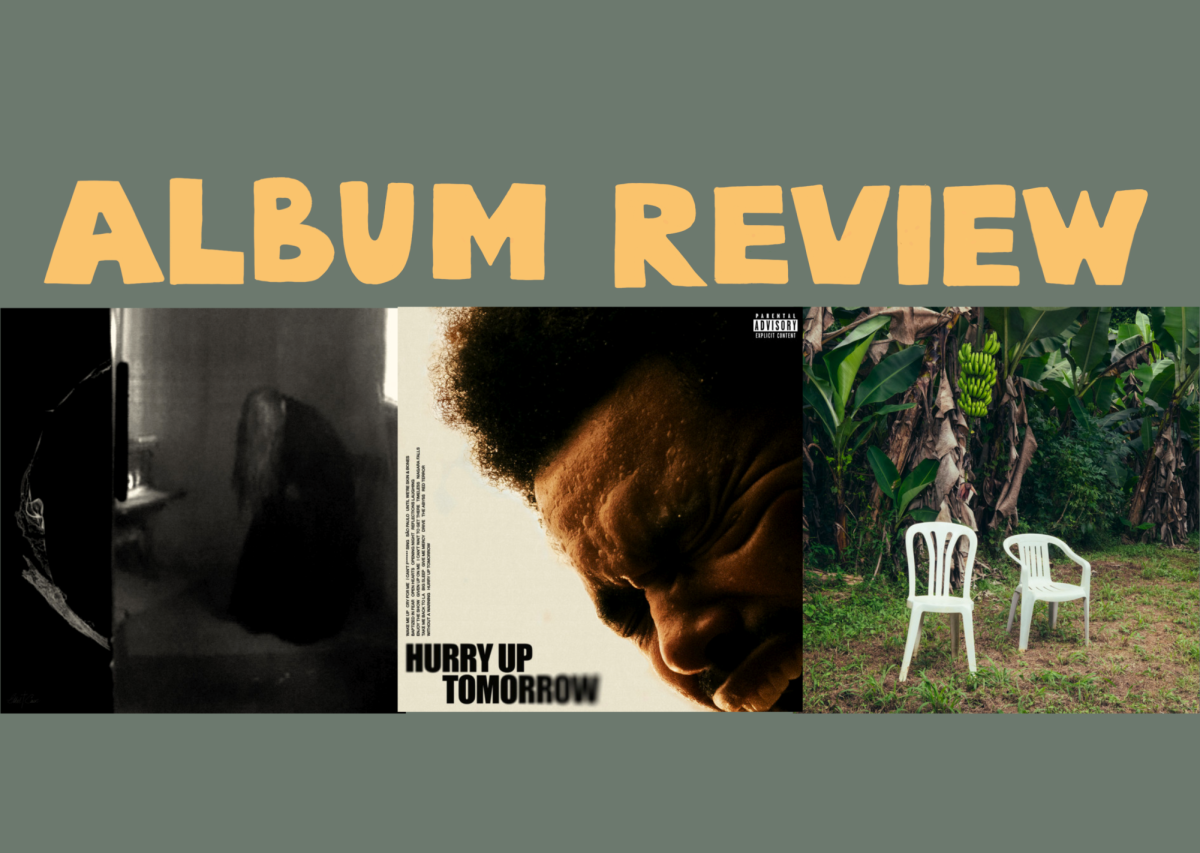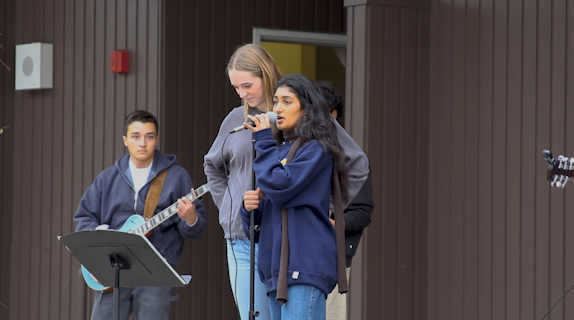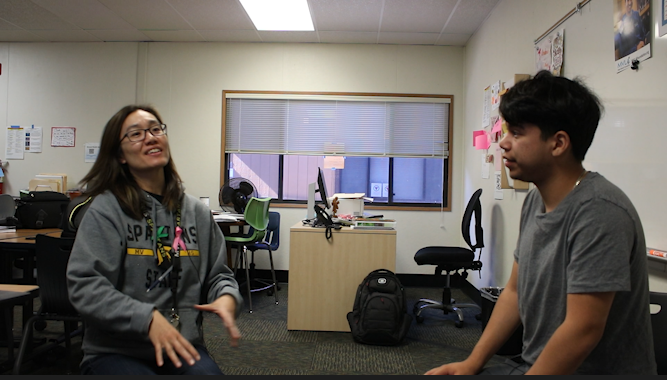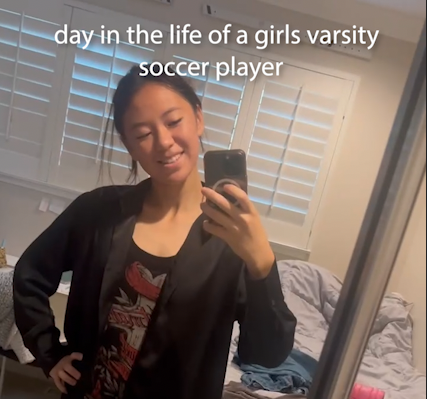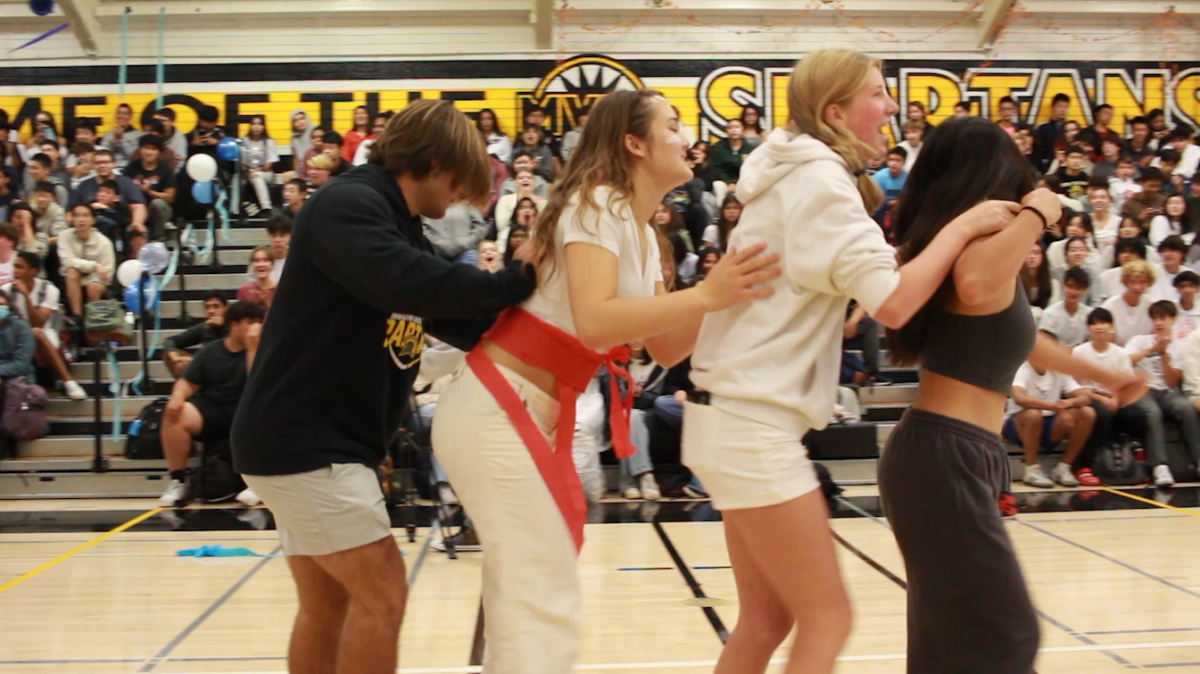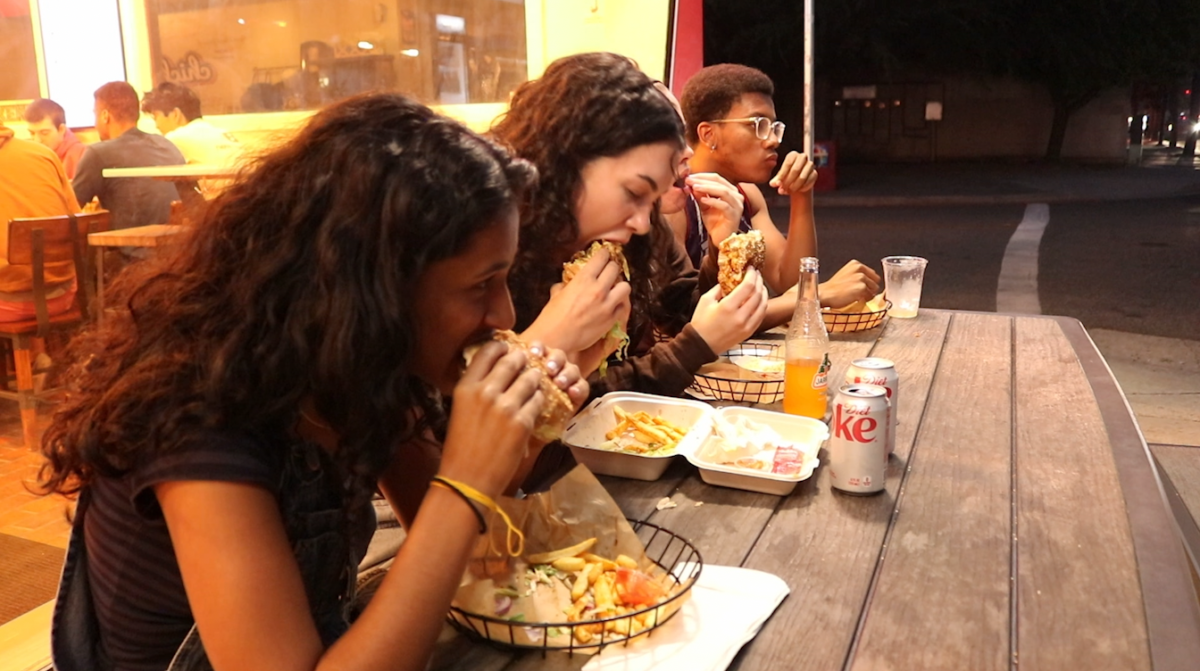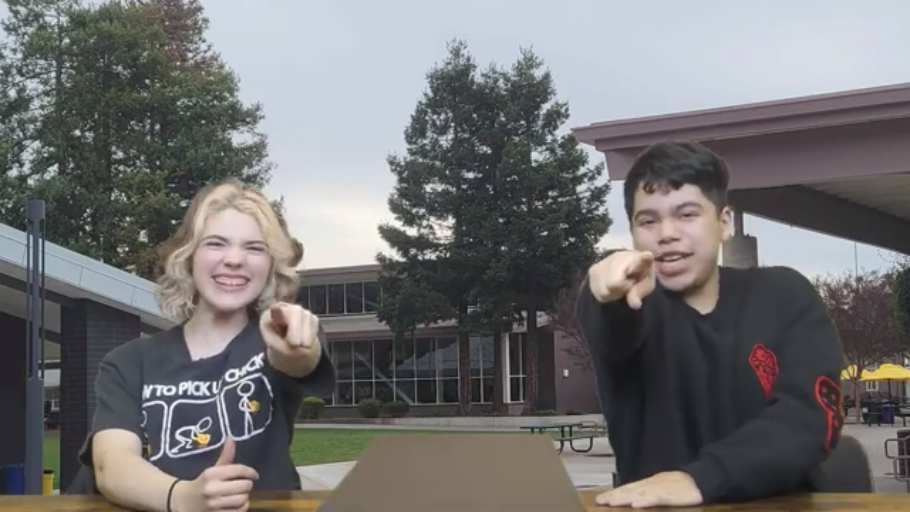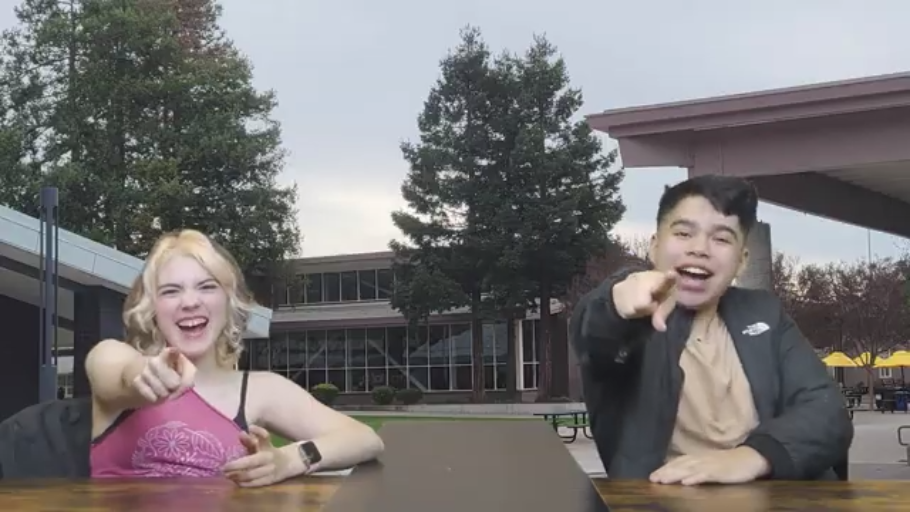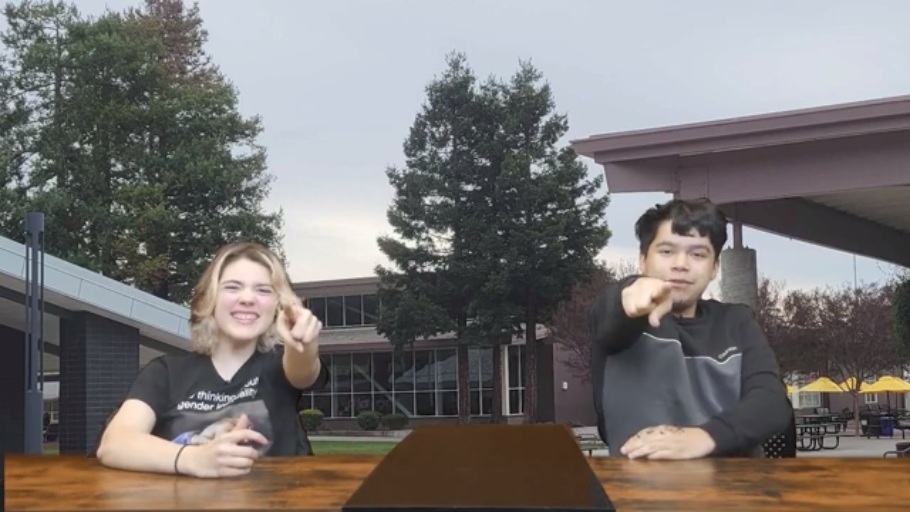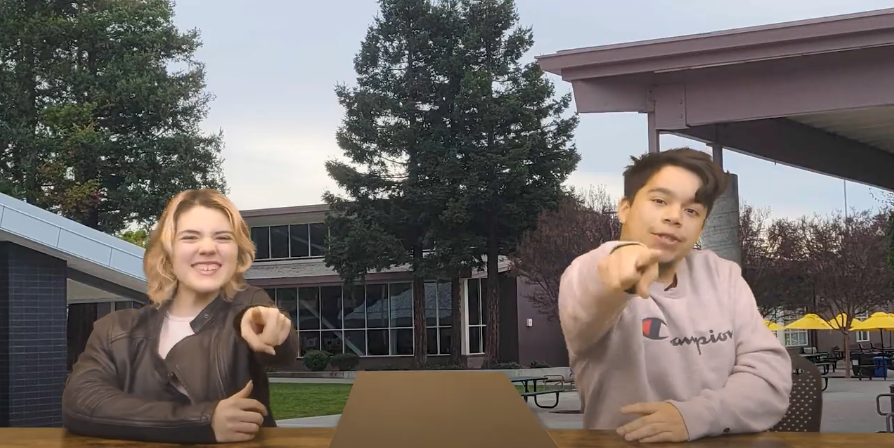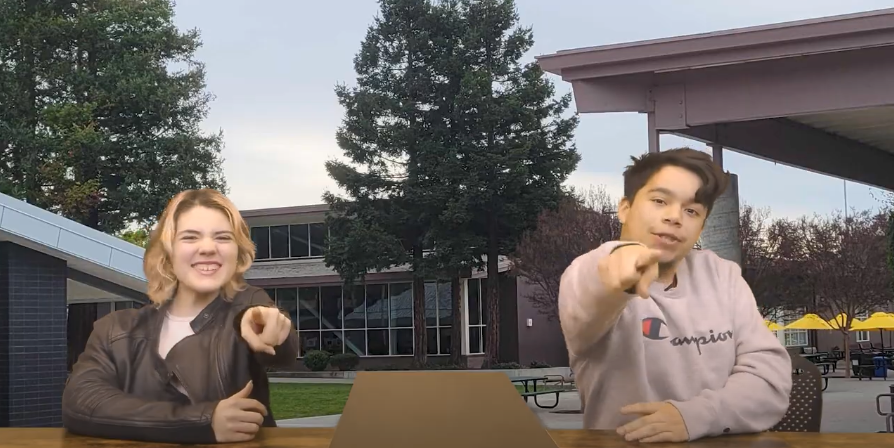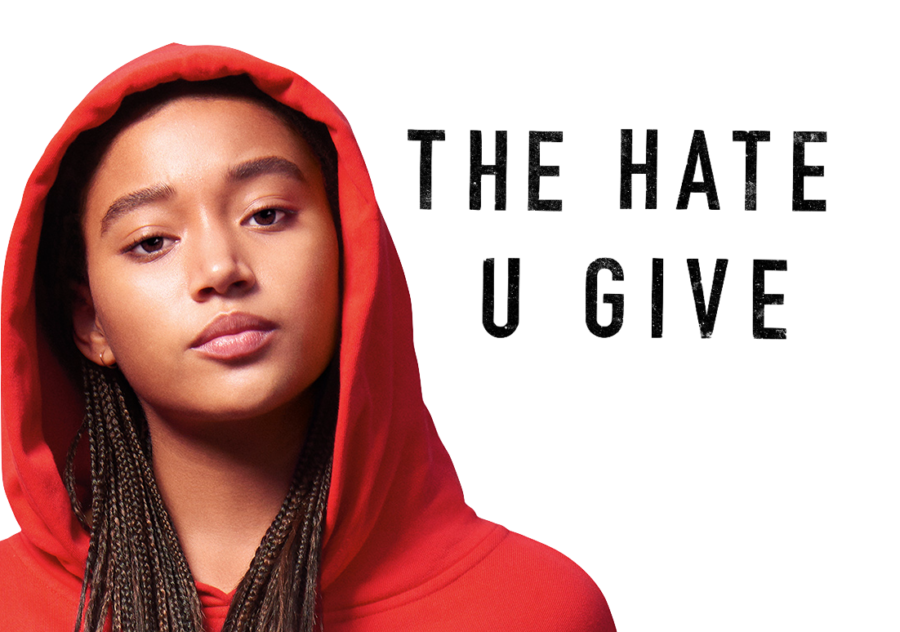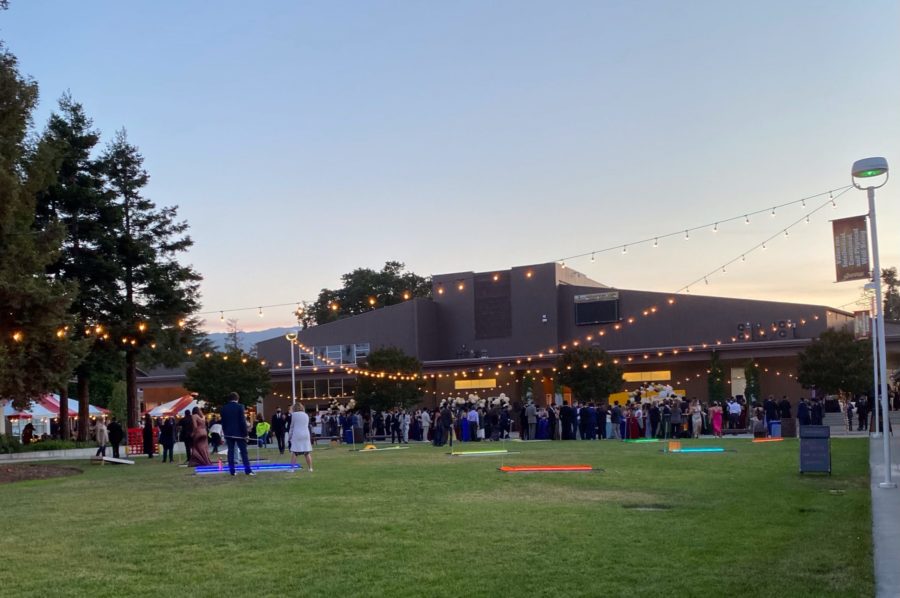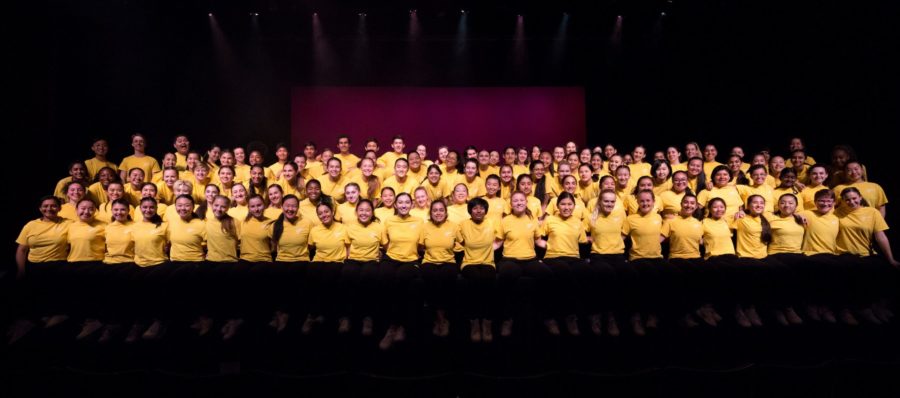The Hate U Give (2018)
Cast: Amandla Stenberg, Regina Hall, Russell Hornsby, and Anthony Mackie
Director: George Tillman Jr.
Synopsis:
Based on the young adult novel of the same name, Amandla Stenberg stars as Starr Carter, a 16-year-old black girl who is torn between the life she leads at home in Garden Heights, and her life at the primarily white, affluent private school she attends. Although Starr feels as though she can handle this dual-persona, it becomes clear she cannot after being the only witness to a fatal incident of police brutality. As she struggles to recover and make sense of this trauma, conflicts in both of her lives spiral out of control.
Review:
Seven months ago, three hours away from Mountain View, in the city of Sacramento, 22-year-old Stephon Clark was murdered by police officers. He was unarmed when he died. The men who killed him were placed on paid administrative leave. There has been no justice for his family.
According to the Washington Post, 788 people have been shot and killed by police in 2018. The Hate U Give joins the ranks of the few other movies to depict the current climate of police brutality in America.
When her childhood best friend is shot at a traffic stop, Starr Carter is forced into opposition with nearly everyone she knows. Protesters, led by lawyer April Ofrah (Issa Rae), want her to come forward as a witness and join the movement, boyfriend Chris (K.J. Apa) wants to become more involved in Starr’s life, and local drug lord King (Anthony Mackie) wants to prevent Starr from talking.
This film is a significant work of art, just as the book is. It tells a story that is rarely seen in popular American media, and for that alone, it is worth seeing. Beyond that, Tillman Jr. manages to get great performances out of all his actors, especially star Amandla Stenberg (Starr Carter), Regina Hall (Lisa Carter) and Algee Smith (Khalil), a feat which is made more impressive by some odd casting choices: Sabrina Carpenter (Hailey) and K.J. Apa. The acting sells the story more than anything, especially Stenberg’s honest and accessible portrayal of Starr. The movie only benefits from Tillman Jr.’s artistic vision, which is at times overrun by the novel, but can be seen in a few key scenes: the house party, the funeral, and the riot. Tillman Jr.’s directing gives the movie its emotional core.
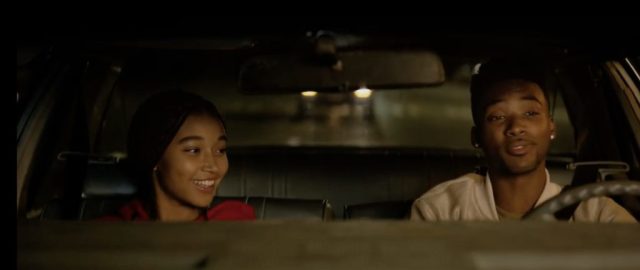
Despite the cultural importance of The Hate U Give, the overall effect of the movie gives the impression that it should have remained a book. Clocking in at 2 hours and 12 minutes, The Hate U Give is fairly long, yet it barely scratches the surface of any one of the many plots that it presents. In addition to a police brutality plot, there is a friend plot, a boyfriend plot, a drug lord plot, a protesters plot, a cop uncle Carlos plot, a dad plot and a Starr-not-knowing-who-she-is plot. Sometimes these various storyline strands intersect, but for the majority of the run-time, the movie jumps around between these different elements of Starr’s world. In a novel, this is much more forgivable, because there’s more time to introduce, explore, and balance all of these separate stories. It’s understandable that writer Audrey Wells and Tillman Jr. would want to include all of these plots, as each one offers a compelling look at being black in America. However, in trying to replicate almost all of the source material, The Hate U Give ends up missing its point.
“The overall effect of the movie gives the impression that it should’ve remained a book”
For the most part, The Hate U Give is a little too close to a combination of a CW show and a PSA. The two key takeaways at the end of the movie appear to be that racism and police brutality have a detrimental effect on society, and that you should remain true to yourself. However, the metaphorical waters of the movie have been muddied by characters standing up (literally!) and spelling out (again, literally) their perspective, without commentary from Starr. This presentation of different positions without analysis does a disservice to much of the film, including white privilege in Starr’s school and the hypermasculine behavior of Starr’s father. Overall, the film suffers for its preachy and awkward approach to racial tension, but perhaps errs on the side of too subtle when it comes to Starr’s perspective. There is no moment where Starr asserts her position, though there are scenes where she comes close, as in the riot, or the fight with her police officer uncle Carlos. At its best moments, The Hate U Give recalls better movies that tackled similar situations: Do the Right Thing (1989) and Fruitvale Station (2013).
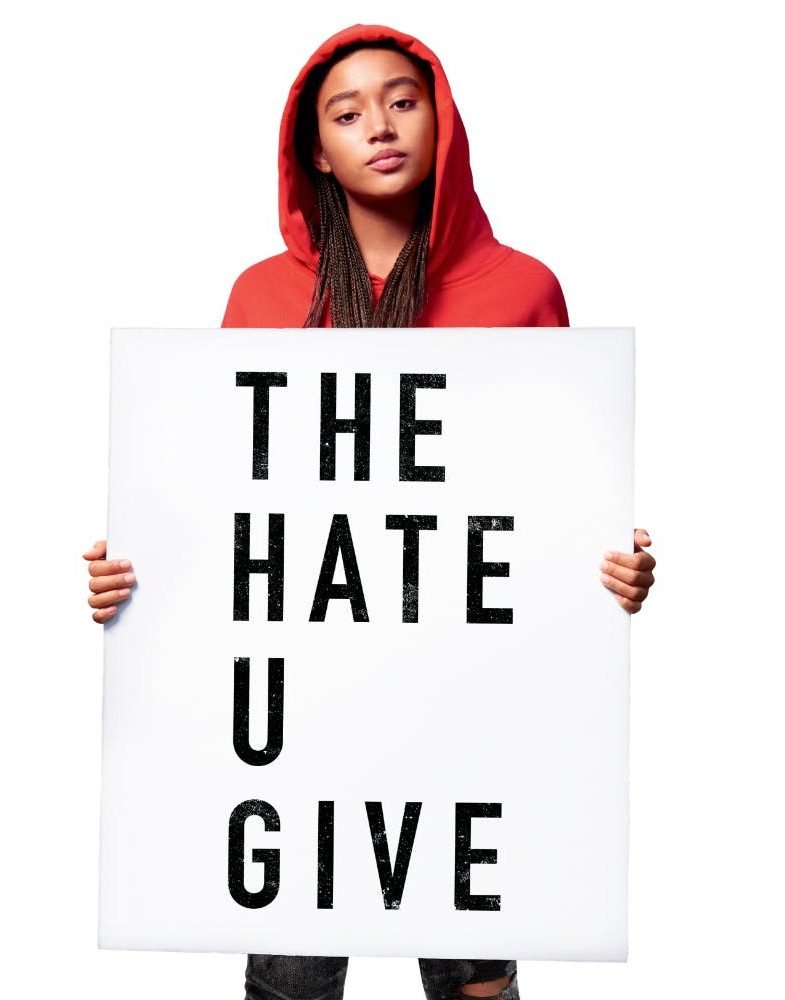
Although it seems the film does not know it, the crux of Starr’s storyis the scene where protesters, police, gang members, and mourners clash at Khalil’s funeral. Starr is overwhelmed by the larger conflicts at play and the audience is suddenly aware again of what makes The Hate U Give a powerful story: it is about a teenage girl who just wants her friend to be alive again, and who is still trying to understand why he’s not alive in the first place. This scene, balanced with the scene where Starr is driving with Khalil and the shooting occurs, presents a specific emotional conflict that subtly directs the audience’s perspective towards an understanding of the personal pain caused by injustice. When The Hate U Give trusts its audience and treats its characters and message with a delicate hand, the movie is complex yet understandable. These moments of clarity and trust come when there is no voice-over explaining everything we already see on screen and when there is very little dialogue, which creates subtext and tension. Unfortunately, for most of The Hate U Give it is clear that the movie does not trust its audience, to the point where it is almost insulting. The scenes that take place at Starr’s school fall into this category, as they are often melodramatic and make the important points the movie is trying to make about white privilege seem childish.
Takeaways:
Ultimately, The Hate U Give is a mixed bag. On the one hand, it is an invaluable look into a contemporary American culture and the experience of teenagers of color in a country rife with political and social turmoil. On the other hand, the movie is overdramatic and overstuffed with plot, which is not helped by how little commentary is presented to evaluate the ideas brought up by the first half. It’s all over the place as a movie, but clearly a step in the right direction for change in the types of stories American media is telling.
Rating: 6/10

